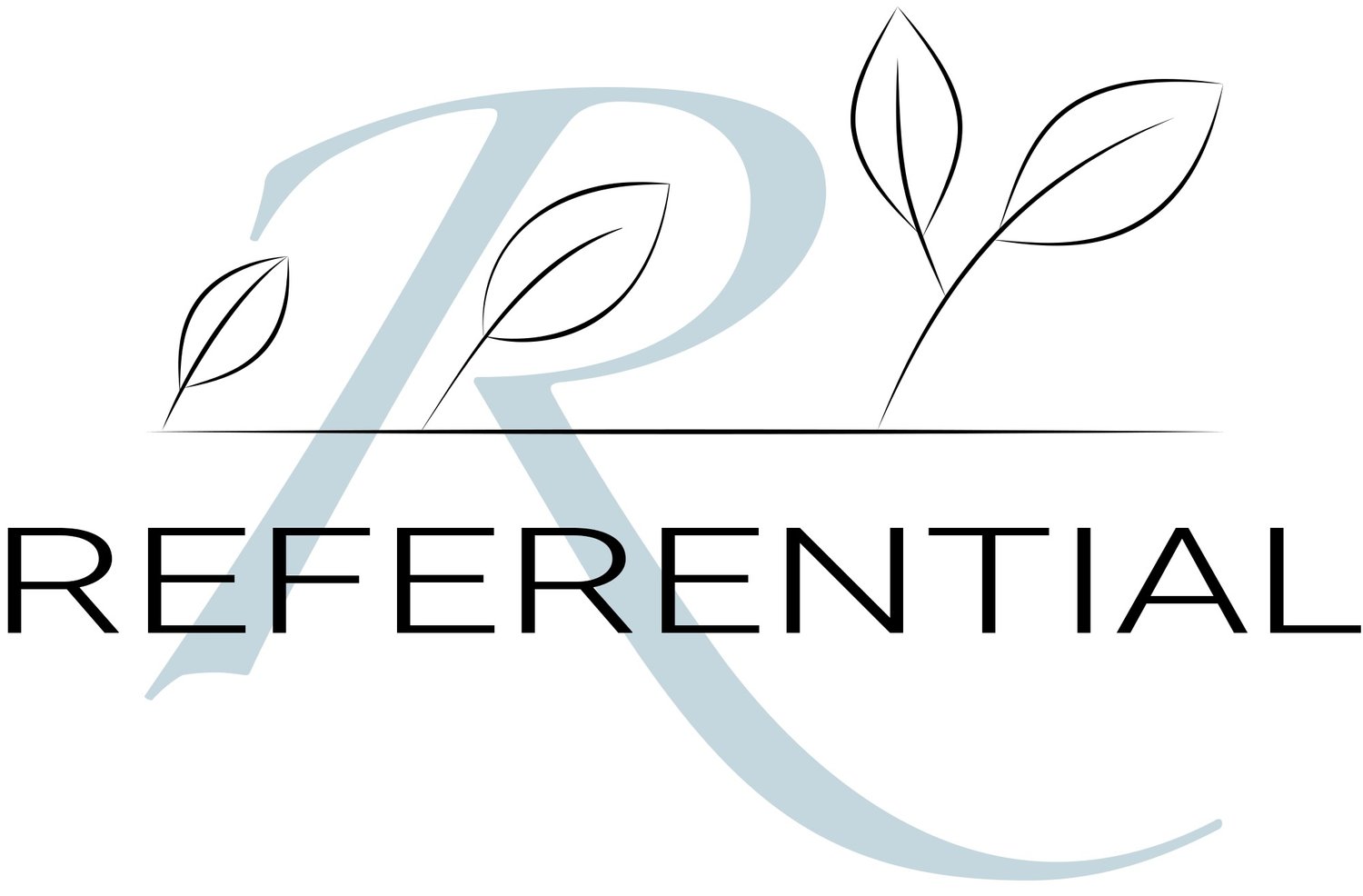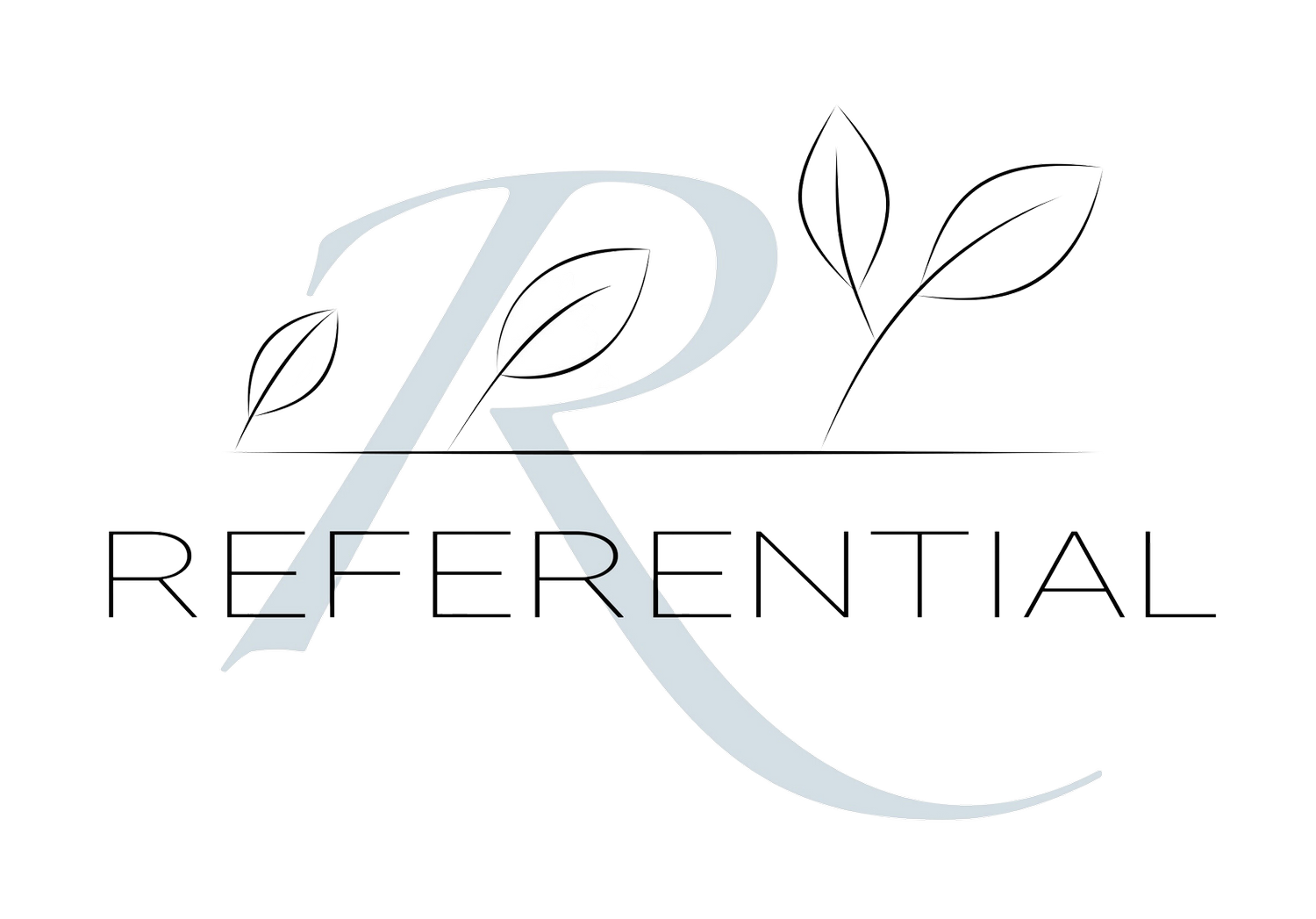The 25 / 50 Virtual Meeting Rule
Small shifts in the way meetings are held mitigates the fatigue we feel jumping from meeting to meeting, to emails, and other tasks. Here’s some great advice on how to avoid the dreaded Zoom Fatigue.
The age of Zoom has allowed space for more diverse teams. People from all over the world can interact and share creativity and productivity, but oftentimes that productivity is diminished by too much screen time and “connectedness.”
I remember, at my first “big company” job, the office was more than just a place to go work, it also was a social space. There were snacks and water cooler chats, games like basketball or ping pong happening at lunch, a nature walking loop onsite and short brain breaks when walking between meetings, desks, etc. At that office, my team was one of a few virtual teams. This meant that about half of us sat together in our office and the other half – manager included – sat together in another office on the other side of the country.
Learning To Adjust in Real Time
Adjusting to this style of team was a challenge, at least initially. It was no longer possible to simply approach my manager’s desk when I needed help. Instead, I had to ping her and/or hop on a quick Zoom; this was the same for collaborating with the other half of my teammates. With this, I was introduced to a sense of duty to be constantly connected and available, and a new type of fatigue began to set in: Zoom Fatigue.
Since then I, like so many others, have become permanently remote. Now all my work, meetings, and even some social events are conducted via video chat. This type of connectedness, while powerful, must be balanced with intermittent breaks, just like we used to have at the office.
Increase Productivity In Today’s Workplace and Avoid Zoom Fatigue, Enter: The 25/50 Rule
The idea is that a 30-minute meeting should be cut down to 25 minutes, the other 5 minutes should be spent disconnected. A 60-minute meeting should be cut down to 50 minutes with 10 minutes spent disconnected.
The 5 or 10 disconnected minutes after each meeting should be spent off screens – no checking emails, scrolling through Instagram, watching TV, etc. Instead, spend break time reading, meditating, stretching, moving the body, drinking some water, stepping outside for fresh air, or practicing the 20-20-20 rule (looking at something 20 feet away for 20 seconds for every 20 minutes of screen time).
This small shift in the way meetings are held mitigates the fatigue we feel jumping from meeting to meeting, to emails, and other tasks. It also gives our brain a break to reset and regain focus.
Without these breaks, our efficiency slows down as the day goes on and we are able to accomplish less than if we just took a few minutes after every meeting and between tasks for a disconnected brain break.
For more information, Forbes also published an article about this citing neuroscientific research backing this best practice.
I’d love to hear your thoughts; have any of you tried this in the past, or are currently using it or something similar? Please share your results!



